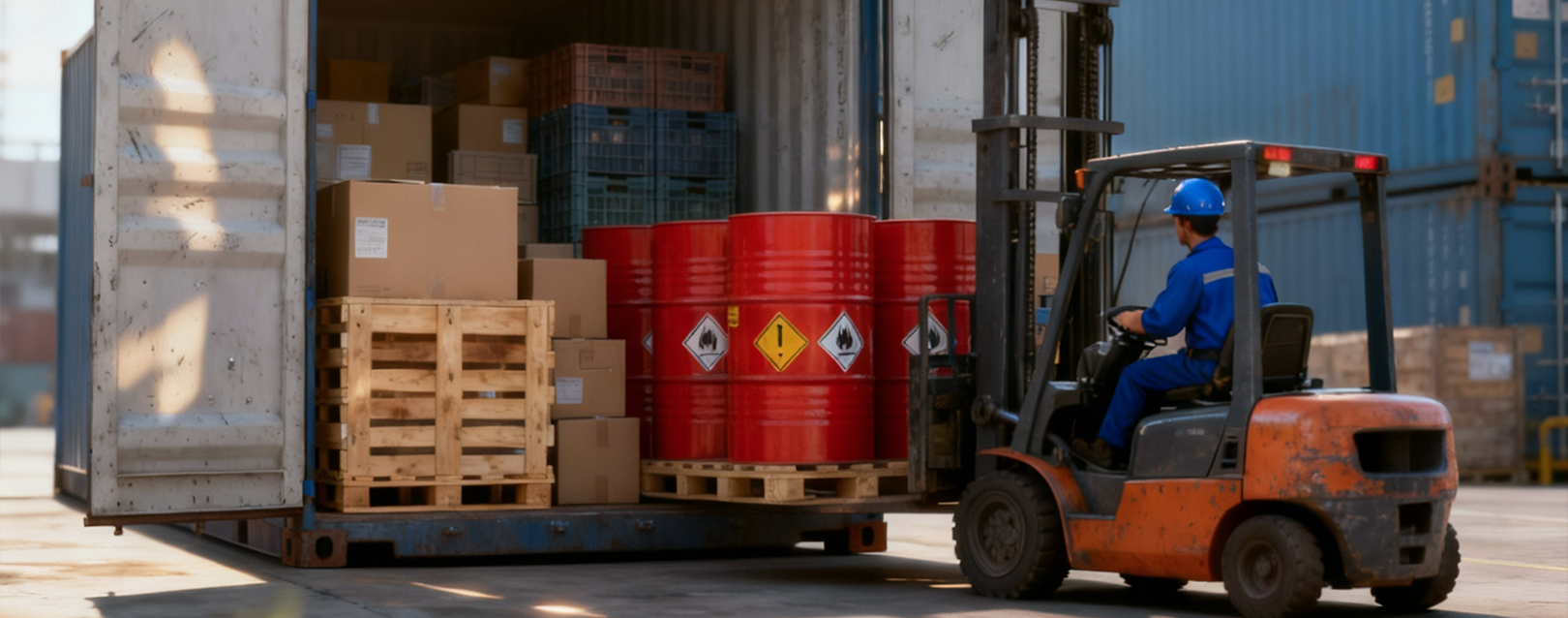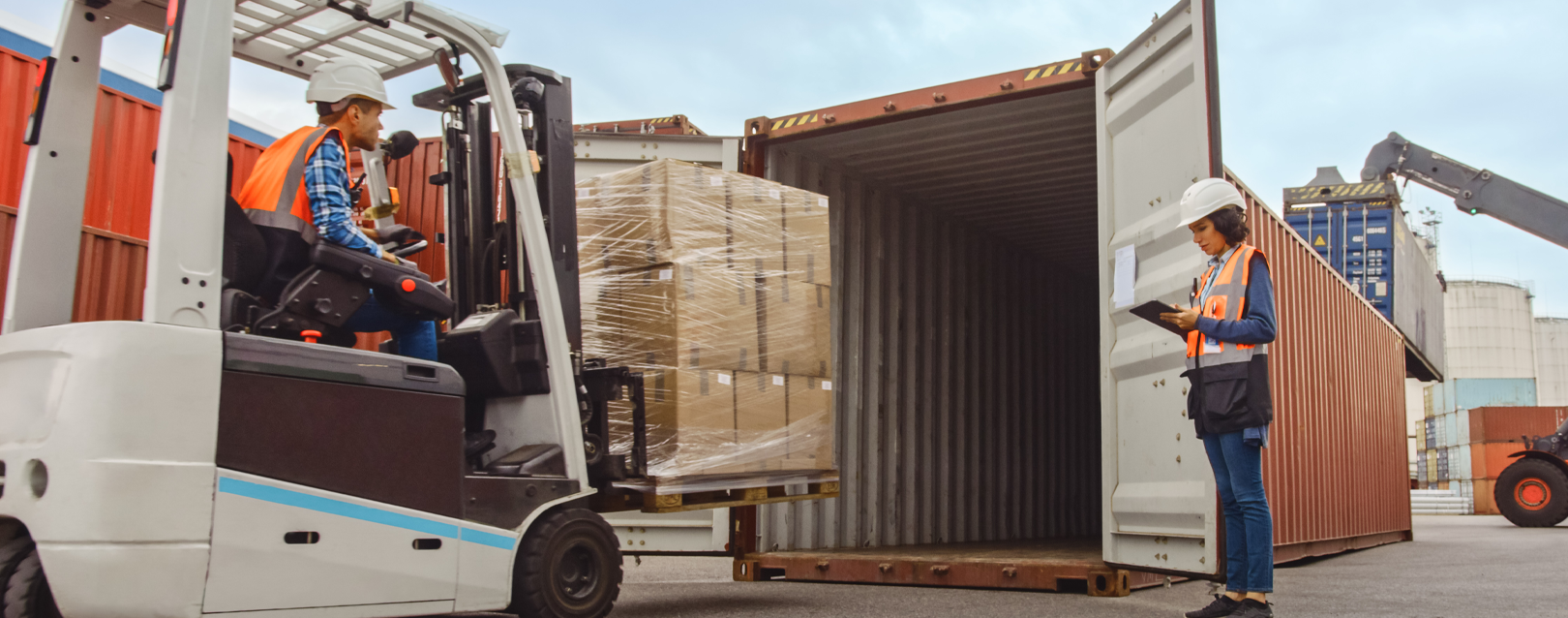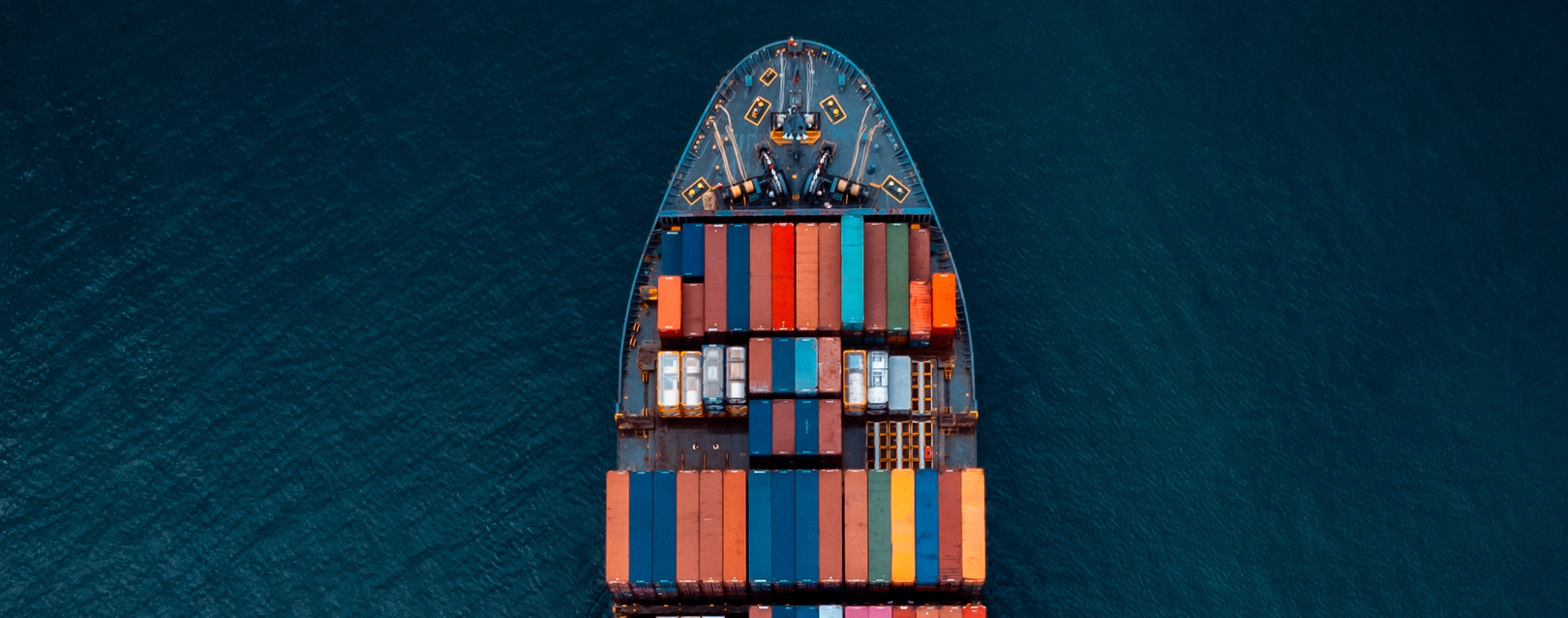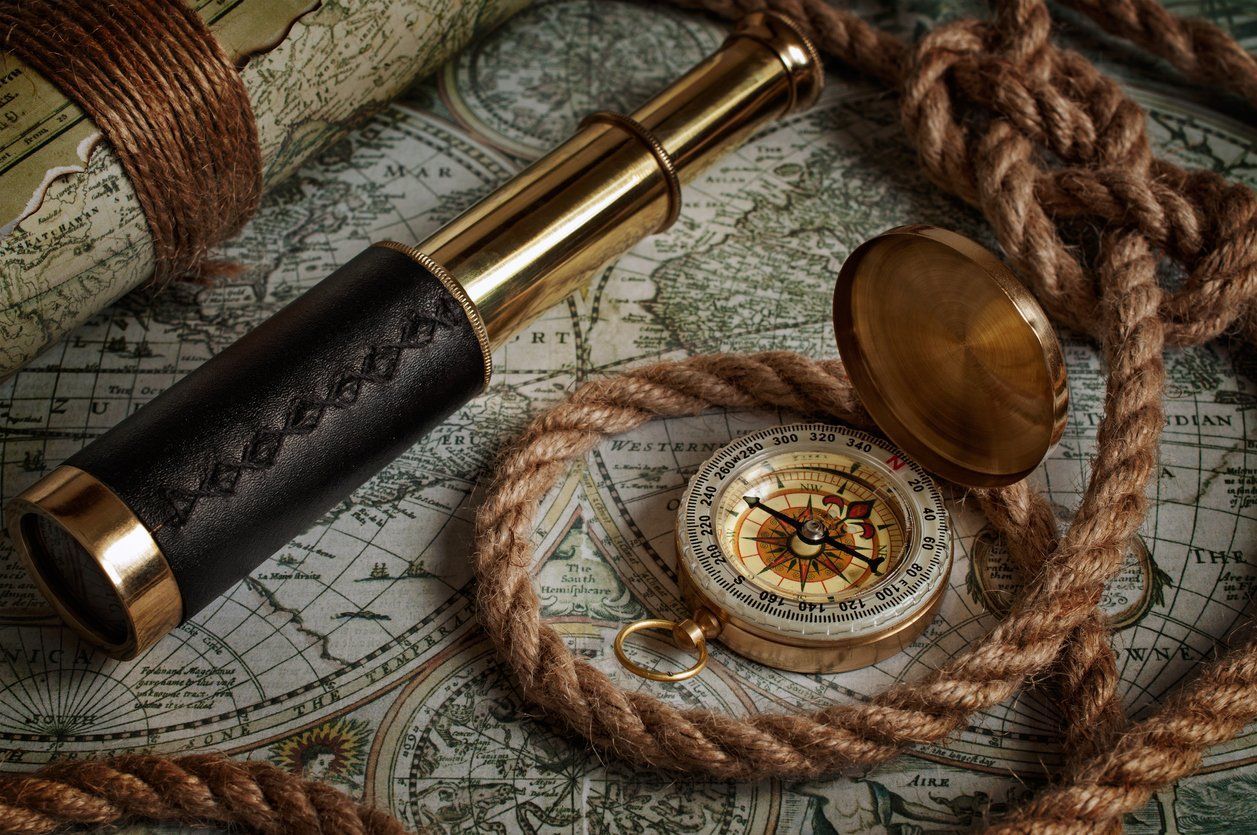
Special series:
Comex from analog to digital: to remember the past, learn about the present, and reflect on the future!
Exclusive content about the path of Brazilian foreign trade!
Here at Allink, we are passionate about foreign trade, so we thought of something special to pay tribute to this unique science that is a fundamental part of the world's evolution.
This desire gave rise to this material, which brings together reports, research, and reflections on the evolution of foreign trade in Brazil from the computerization of processes to the present day and, as a bonus, some perspectives for the future.
Below you can embark on a unique journey, which brings information that you won't find on Google: visions and reports that come from the daily experience of doing foreign trade by professionals with a wealth of experience in the area!
Commanders of this journey:
Carla Vieira - Allink: The creator of this journey!
She has been working in foreign trade since 1998, working in several sectors. She has worked in the import, export, freight forwarder, brokerage, and dispatch segments, among others. She is currently responsible for marketing at Allink, a company where she has worked for 10 years. Carla was responsible for the conception and execution of the activities of the foreign trade week, including the interviews that resulted in this material.
Martin von Simson - Guia Marítimo: A pioneer who never loses his breath!
He has a degree in Business Administration from Fundação Getúlio Vargas, with specialization in Mergers and Acquisitions, International Tax Law and Logistics. He worked as a marketing professional at Laboratórios Byk Procienx; was president of Sistema Transportes; general manager at Stolthaven; and founding partner of Tankpool Transporte e Logística Reversa. He founded the publishing company Update Comunicação Ltda with Tadeusz Polakiewicz, which had Guia Marítimo as one of its successful products. He is currently the Institutional Director of Grupo Guia, managing partner of Pousada do Quilombo Resort and Restaurante Trincheira da São Bento Empreendimentos.
ATTENTION SAILORS DESTINING TO THE FUTURE OF BRAZILIAN COMEX: FOR THE SUCCESS OF OUR TRIP, MAKE SURE YOU HAVE YOUR MARITIME GUIDE AT HAND.MARÍTIMO EM MÃOS.
The airplane was an incredible invention that revolutionized the way we move and reduced the distance between territories. But, when it comes to import and export, ships have always been the protagonists.
Large vessels sowed the prospect of a global world, announcing that the largest border crossings would be made by sea. It is no wonder that on the internet you surf instead of flying.
Exploration, pioneering, discovery, adventure. It is through the waves of the sea that the world is transformed. But the sea swallows those who do not know where they want to go. Those who do not have an instrument to guide their trajectory.
Fortunately, we had and still have the Maritime Guide, indicating the coordinates of Brazilian foreign exchange bound for the globe! We invited Martin Von Simson, institutional director and founder of the Maritime Guide together with Tadeusz Polakiewicz, to lead today's tour. Will you join us?
THE CONTAINER REVOLUTION INSPIRES THE MARITIME GUIDE
Before containers, the measure of what could be taken from the port to the ship was how much one person could carry. The process was entirely manual, the volume of transport was limited to the size of the ship and the conservation in the port warehouses was probably not the best.
In addition, the cost of transporting cargo by other means was high. It is estimated that moving by containers brought savings of at least 25% to the process, in addition to being a standardized, stackable, easy to load and unload, safe and recyclable equipment. The Maritime Guide was based on the movement by containers.
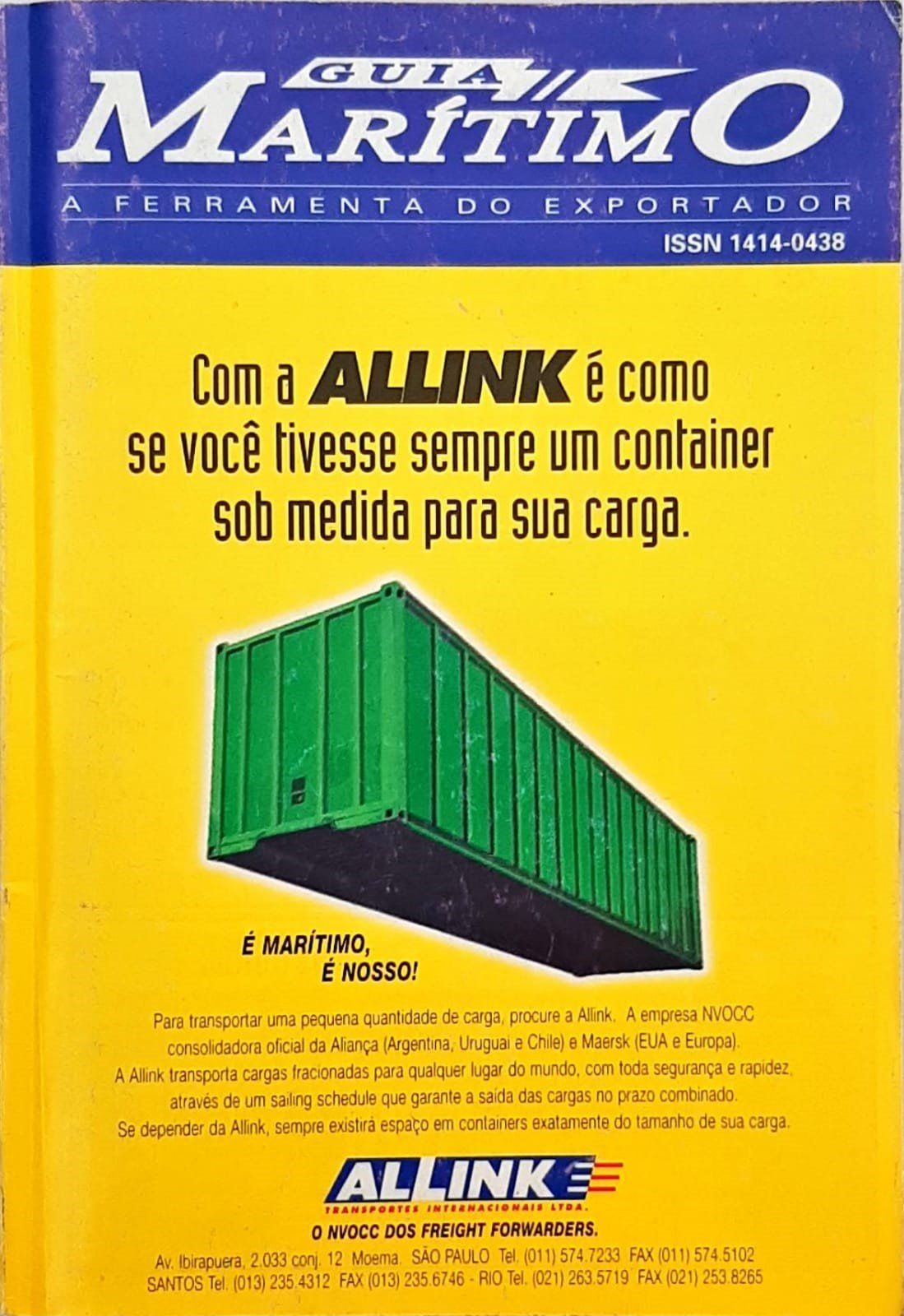
image of a container in an Allink advertisement in the Maritime Guide!
Martin states that without this invention there would be no foreign trade as we have today and adds an interesting fact about his meeting with Malcom McLean, the inventor of the container:
“I met this iconic figure at a trade fair in the United States. When he found out I was from Brazil, he was excited, because his first container went from Miami to Salvador on a normal cargo ship and cost USD 8,600.00 for shipping at that time. This is not in any book - I heard it from his own mouth. This information disappeared from the market. So, without him there would be no foreign trade as we have today. Without movement in containers, which is what the guide was based on.”
WHEN THE LAND AND THE SEA DIDN'T TALK TO EACH OTHER
The way in which the Maritime Guide was used to find out about the arrival of ships before its invention illustrates how revolutionary it was to find out about the arrival of ships:
“There was a product called Semaphore, in Santos, which was crazy. There was a guy who would climb up Santa Terezinha Hill with binoculars and, when he saw the ship, he would run down and on a mimeograph he would write that the ship was arriving and pass it on to all the dispatchers, everyone who had anything to do with that ship, cargo supplier, etc. Because the ship had no contact with land.”
Before the Guide, when a ship left its destination for Brazil, no one knew when it would arrive. It completely lost contact with land. There were a few pages in the Merchant Navy Newspaper that were limited to providing information about the service providers who paid for the advertisement.
In this context, the Maritime Guide not only provided complete information about the movement of ships, making import and export processes viable, but also democratized access to this information. This attitude benefited both those who needed the service and those who offered it, contributing to the Brazilian foreign trade.
MARITIME GUIDE: THE PAPER APP

cover of the 1st edition of the Maritime Guide.
Martin says that the Maritime Guide came about by accident. The initial intention was to offer a kind of bonus to the clients of his logistics company, a material with updates on foreign trade and, mainly, information on all ships that left and arrived at Brazilian ports, in a format similar to the yellow pages:
“These yellow pages were basically what we do today on the internet, in an app. You searched for the port of destination and in a column you found the port of departure, the date of that ship, agent, telephone number, etc.”
This action was possible thanks to the contact that Martin and Tadeusz Polakiewicz's company maintained with shipowners, who provided the information, at the time, tabulated by hand.
The Guide therefore emerged as a free printed material, with updated information and news on foreign trade, distributed every 15 days to companies in the sector.
BECAUSE TRUST IS THE BEST MARKETING STRATEGY, THE GUIDE WENT VIRAL
The Maritime Guide was created in June 1992, along with the Plano Real, with a pioneering and disruptive proposal. Its rapid adaptation to electronic media reflects its innovative and flexible spirit, resulting in recognition through awards, such as the one it received in 1999 as the best contribution of the year to foreign trade. However, the Guide's greatest asset was the influence gained through trust and partnership with the entire market.
“Because the habit of consulting ships in the Maritime Guide was created, and checking who the suppliers, containers, NVOCCs, seal suppliers, and carriers were, and then it started to become the 'Master of the Sector' app. If you want to study logistics and foreign trade, it's in the Maritime Guide.”
Therefore, the Guide's success was built, yes, on innovations and pioneering spirit, but also on the basis of trust. The honesty of all the processes of the Maritime Guide ensured that companies trusted the magazine with their information, so that it could be made available to the public and become, for a long time, a fundamental information tool for foreign trade workers and students.

Photo of the pages of the Maritime Guide that showed the routes, the acronyms and also the advertising of companies in the sector, such as Allink itself, right there in the footer on the left!
At that time, the idea of a free product of this size was so disruptive that it was incomprehensible to many. However, it was this strategy that transformed the Maritime Guide into a sought-after advertising space for service providers in the area, turning the unpretentious source material into a profitable product for its founders.
IT MUST BE BECAUSE IT SMELLED OF THE SEA
The Maritime Guide anticipated the logic of applications and marketing strategies, including the focus on user experience. I myself remember that the magazines were distributed by person and not by company:
“For example, if in my company there were ten people who worked in foreign trade and it was important for these ten people to have the guide, if you called the Guide and said 'look, I need to include more people', they would send ten guides.”
In addition to all its boldness and modernity, the Guide also offered some pleasures that only printed media can provide, such as that inspiring scent that book lovers adore. In foreign trade companies, the expected scent was that of the Maritime Guide. I once commented to Martin:
“At Allink there was a girl who, when the Guide, Martin, arrived, would say, 'Oh, the guide has arrived!'. She enjoyed taking it out of the bag, leafing through it and smelling it. I've heard stories like that from several people.”
Could it be because the Guide smelled of the sea? If you've ever smelled the Guide, help us discover the mystery of this attraction!
FOR THE MARITIME GUIDE THE PATH IS NEVER READY
Since its inception, the Maritime Guide has never been content with being a tool. Its actions went beyond the magazine, involving bringing into discussion and movement issues relevant to the fluidity of foreign trade in Brazil.
Among these actions, the Guide brokered the first BIMCO (Baltic and International Maritime Council), promoted conferences to discuss privatization and created other media, such as Revista Global and Guia News. At these conferences, privatization, the OTM, and other legislation were signed that contributed to transforming the way foreign trade was conducted in Brazil.
SUCCESS BRINGS SUCCESS: THE GUIA MARÍTIMO AWARD
Reaffirming its role in Brazilian foreign trade, the magazine shared its influence by promoting the Guia Marítimo Award, which had its first event in 1997. The award defined the winners of each service category through voting by customers, who received their trophies in a ceremony worthy of being remembered as the Oscar of foreign trade.

foto de um dos prêmios recebidos pela Allink
O Prêmio Guia Marítimo teve 5 edições, ocorridas nos anos de 1997, 1999, 2000, 2009 e 2013. Dentre os premiados, a Allink ganhou as 5 premiações como melhor NVOCC; a Hamburg Süd e a Aliança Navegação foram reconhecidas como melhores companhias de transporte marítimo em 2009; Stolthaven Santos Ltda venceu na categoria melhor terminal Retroportuário de Granel Líquido em 2010, dentre outras prestadoras de serviço reconhecidas e coroadas pela influência do Guia.
UM GUIA PARA NAVEGAR ENTRE ÁGUAS PASSADAS E FUTURAS
O Guia Marítimo se fundou e continua militando por um comércio exterior mais fluido, autônomo e enxuto no que se refere às burocracias, condições para que o setor alcance o sucesso para o qual tem potencial. É com esse espírito que o Guia prossegue, reinventando-se junto à tecnologia e novos conhecimentos.
Hoje, o Grupo Guia expande a proposta do Guia marítimo por meio de outros serviços e ações de peso para o Comex. Seu foco atual é a energia limpa. Alinhado com a agenda global, Martin vê nesse tópico um futuro promissor para o comércio exterior no Brasil:
“Só 3% do setor de transporte está imbuído nisso até agora. E um dos grandes problemas é o desafio dos combustíveis futuros. O gás natural, que é o caminho até 2030, e o hidrogênio, que é o combustível que estão apostando para 2050. Então o Guia Marítimo se tornou agora uma central de discussão desses dois grandes temas ambientais. Nós estamos prestes a fazer uma segunda revolução no mercado.”
Martin espera que o Brasil reveja o seu papel nessa revolução e posicione-se como produtor em vez de apenas fornecedor de bens naturais, investindo nas indústrias de energia limpa e trazendo maiores benefícios para o território nacional simultaneamente ao bem que essa inovação significa para o contexto global.
Em junho de 2022 o Guia Marítimo completará 30 anos e, agora com o Grupo Guia, segue desbravando novas perspectivas para o Comex no país. Nosso passeio de hoje fica por aqui, mas você pode continuar conhecendo mais sobre a sua história no site.
Pronto para o próximo trajeto? Pegue seu bilhete e embarque no link:
O comex é a ciência do encontro.
Organização, metodologias, leis, normas, estratégias: é o encontro entre pessoas e instituições que determina os limites da evolução do comex.
Ou, se você quiser conferir o trajeto anterior, vem aqui:
Outras fronteiras antes do digital.
Consegue imaginar como era se comunicar no dia a dia do comércio exterior antes da tecnologia de comunicação à distância? Aqui, quem viveu isso fala do assunto!
Continue a navegar no blog da Allink
Mantenha-se informado sobre o comércio exterior
Assine nossa newsletter e receba atualizações semanais de forma gratuita sobre o mundo da logística.


